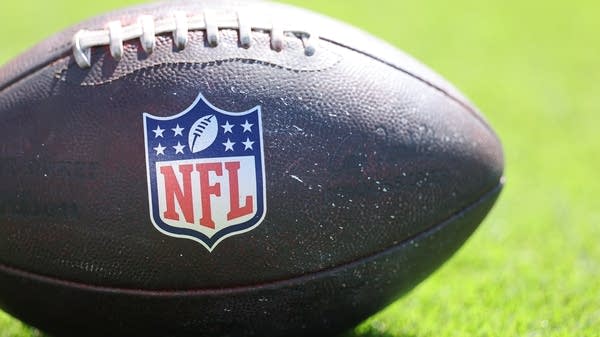Tracing the history of the ball
In "The Ball," author John Fox looks at why we play, and how we play, through the titular object.
Kai Ryssdal: Whether you kick it or pitch it, catch it, throw it, dribble it or hit it — the ball is the common denominator in our sporting lives today. Us regular folk, and high-salary professionals as well. It defines the games we play and how we play them.
Author John Fox wanted to figure out why. His new book is called “The Ball: Discovering the Object of the Game.”
John Fox: Play is a way that we learn about the world as young people, and it actually shapes our brains and develops our cognition so we can interact in the world around us.
Ryssdal: Explain that a little bit: Is it as simple as having hand-eye coordination to catch a ball with a glove?
Fox: Yeah, a lot of the studies actually are done with animals, because of course, anybody that’s played ball with a dog knows that animals play just as much as we do, especially mammals. You know, one of the things that was interesting is that we spent a few days just playing with dolphins basically, down in Florida. The dolphins were swimming around the pool and I grab a ball and I throw it in the water, and the dolphin smacks the ball out with his beak, and it lands at my feet. So I throw it back in and then he knocks it out of the pool again. So suddenly we had this sophisticated game that kind of changed incrementally as we played.
Ryssdal: There’s a historical continuity I guess, that sports of course bring to us as well, and you point out that the people in that Ohio factory that makes the footballs for the NFL. They’re doing the same basic thing with that piece of leather that people did in Ireland in 1850 or whatever.
Fox: Yes, we went to the Wilson football factory in Ada, Ohio. You’ve got about 150 people working the line there, and it’s really pretty simple technology. It’s like not that different than a cobbler shop, only it’s kind of automated. That little factory in Ada, Ohio, produces every NFL football and has since 1955. So it’s changed, but not that much.
Ryssdal: I wonder if in the course of reporting this book, did it ever make you sad that the ball and the object of the game and the play has become such big business, and that grown-ups have essentially taken it over?
Fox: Absolutely. Kind of the backdrop of this was that feeling that these games have kind of been taken away from us in a way, or we’re kind of outsourcing play to these high-priced teams and players. And meanwhile, kids are playing outdoors less and less. Part of this book was really to reclaim that sort of innocent, pure connection to the roots of these games and why we care so much — and should care about them.
Ryssdal: It’s sort of the age we live in, right? We’re not playing with balls so much as electrons and pixels depicting a ball on a screen.
Fox: An interesting study came out that showed that when you’re watching sports, there’s about 20 percent of the same neurons that fire while you’re playing, that fire while you’re watching that game. So you actually have your brain in that game, and you do derive some cognitive kind of benefit. But there’s still an 80 percent difference, and then there’s the 100 percent difference of physical activity that kids aren’t getting. So I think there’s a gap there.
Ryssdal: John Fox, his book is called “The Ball: Discovering the Object of the Game.” John, thanks a lot.
Fox: Thank you, Kai.













